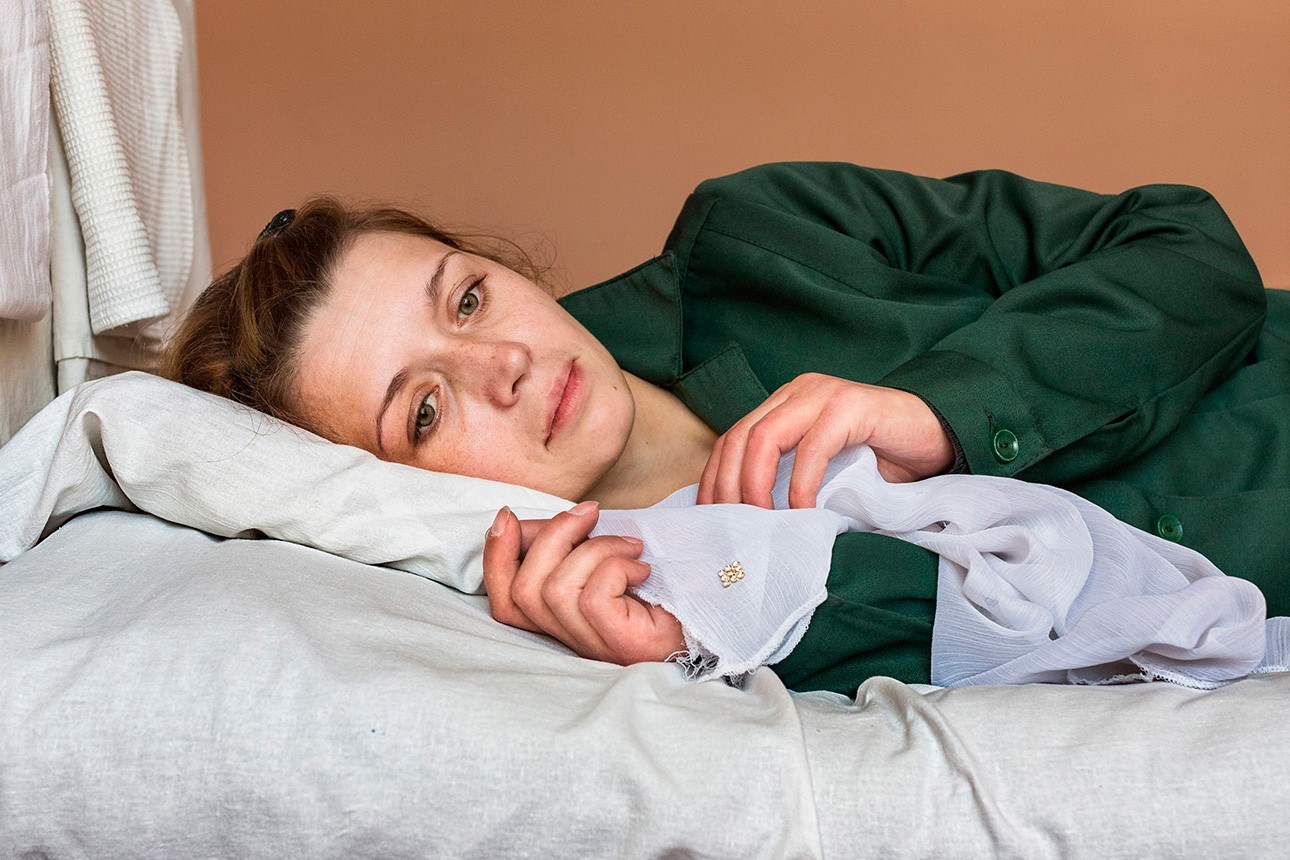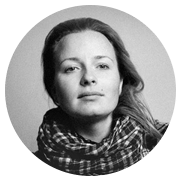
Section: Convicted Women in Elena Anosova’s Project
This week the Festival of Ethical Photography in Italy announced the winners of the World Report Award. Elena Anosova’s project Section won in the Spotlight category. Bird in Flight talked to Elena about what happens to people in closed spaces, what it is like to shoot in a prison for women and about whether it is the job of a photographer to deal with social problems.

{“img”:”/wp-content/uploads/2015/09/anosova_01.jpg”, “text”:””}
I went to boarding school for medical reasons as a kid. This is kind of a health resort and a closed facility with a certain set of rules at the same time. This place is not bad, but you are never alone there. When I grew up I wanted to go back and shoot there. But the times have changed, as have the kids – there are mobile connections and social networks now. This is why I started searching for other places. I realized I was interested in closed facilities for women: prisons, barracks, monasteries. The prison was the fastest to agree to let me shoot – it only took 8 months to get the permission.
I took photographs in several prisons: for first-time female offenders, for repeated offenders and in the penal settlement. All of them were in Siberia.
The penal institutions are usually located in the vicinity of a small settlement, and are most often the reason this settlement exists. I have rented rooms from local elderly women for several months. I entered the prison at 8 am every day and stayed until they asked me to leave. I did not take any photographs in the first weeks. We talked, drank tea and got used to each other.
{“img”:”/wp-content/uploads/2015/09/anosova_02.jpg”, “text”:””}
A photographer is assigned an assistant who shows them around the prison: this is where we sleep, where we work, where we eat. In 90% of cases the guest doesn’t ask for the consent of the convicts when taking their photographs. This is a serious trauma, because not everyone wants to be in the newspaper, especially a local newspaper – where their neighbors, classmates of their children and so on may see them. The women who agreed to take part in this project are real heroines. Each of them gave their consent to the shooting in private conversation without the prison administration present. Moreover, they saw the photos I selected, on screen.
{“img”:”/wp-content/uploads/2015/09/anosova_03.jpg”, “text”:””}
{“img”:”/wp-content/uploads/2015/09/anosova_04.jpg”, “text”:””}
Almost 200 women participated in the shoot. I think the heroines agreed because I managed to explain why I am shooting them. I show the deformation that they go through here. I don’t emphasize the everyday life – everyone from books and movies has the idea of what everyday life in prison is like.
It is difficult to hear someone’s life stories every day, especially when they are so ambivalent. A prison is something like a military settlement – there are several buildings and you cannot exit the closed territory. It is clearly difficult because the territory is closed, because the invisible borders weigh you down, as do the implied rules and protocols, but it is also emotionally difficult because you realize nobody is guaranteed they would not end up there. Many people were convicted for economic crimes, many for excessive self-defense.
I am not saying it is everyone’s case, but there are plenty of women like that there. There are many women addicted or otherwise connected to drugs. But there is also enough women who were merely protecting themselves and those close to them.
{“img”:”/wp-content/uploads/2015/09/anosova_05.jpg”, “text”:””}
A person who is under surveillance all the time, without even a theoretical possibility to be on their own, which is one of the basic needs, does not feel safe. We come home, we get in our bed and under our blanket, and we feel protected. In prison this blanket may at any given moment be torn away by other fellow convicts or someone from the prison administration. And everyone will see you, the color of your underwear and the like. This deforms people, because they are devoid of something that is at the basic level of safety.
Section visualises deformation that happens to the person. I start with the young and beautiful women, so that it would not even be clear that they were photographed in the penal system. And then I show grown-up women with the marks of life on their faces and bodies. And I end with the women who are deformed, suppressed, sad, man-like, who have attempted suicide… Some talk about it, but you don’t need the words to see it. It is impossible to cut down to a 20-photo series, and that is why it is a book.
Many people leaf through it and find it is not obvious that it is about penal institutions.
Indeed, nothing has changed in this country since the times of Chekhov, who noted that all these different people – both murderers and those who are convicted for less serious crimes – unavoidably influence each other when they sleep in common 50-people bedrooms. Prison society reflects our reality, but on a smaller scale. But the things that are going on there are the same as the things that are going on outside.
{“img”:”/wp-content/uploads/2015/09/anosova_06.jpg”, “text”:””}
{“img”:”/wp-content/uploads/2015/09/anosova_07.jpg”, “text”:””}
I used to think that those who have been to prison, although they do not have all roads open in front of them, have a second chance. And then after numerous conversations with the convicts I realized that there is often no second chance – our society does not give it to them. It thinks that everyone who has been there are monsters, no exceptions. We don’t see that they are people, our neighbors and classmates, unless it gets personal for us. There is this closed circle: let’s say a woman committed a crime while protecting herself and her children. The children were sent to the orphanage, she was sent to prison. When she gets out, it will be difficult for her to find a job. She will not be able to have her children back, either as she has no job, and she has to prove she has means to care for a child. How can these women adapt and socialize? When I started this project, I didn’t really think about it.
{“img”:”/wp-content/uploads/2015/09/anosova_08.jpg”, “text”:””}
{“img”:”/wp-content/uploads/2015/09/anosova_09.jpg”, “text”:””}
Section became famous because it is a hot social topic. However, for me it is the question of closed facilities for women. It is for funds and organizations such as Rus Doing Time to solve social problems. A photographer, an artist cannot solve them. If he or she is lucky to see and analyze something, it is great if they get to talk about it.
New and best




